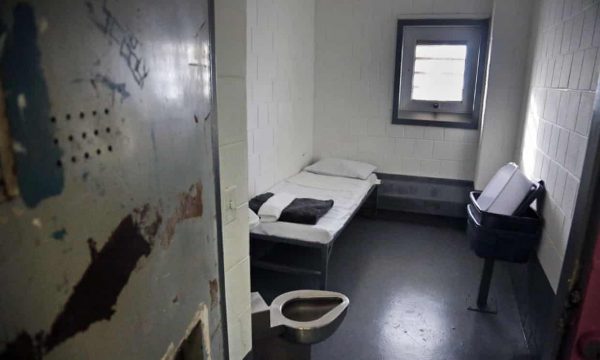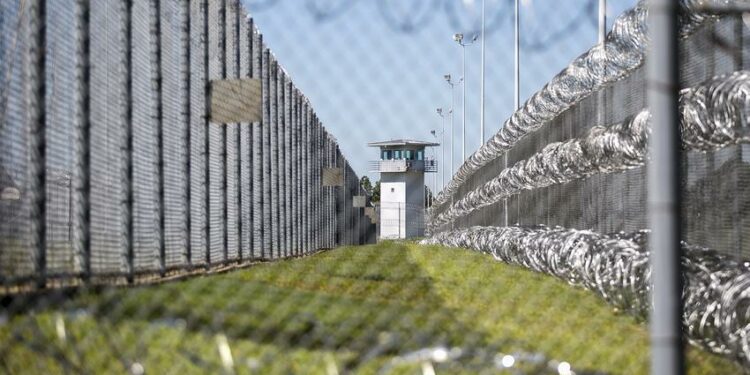Many Texas inmates are on a second-week hunger strike to protest indefinite solitary confinement — a form of incarceration largely opposed by human rights activists in the United States.
In the Texas prison system, inmates have been refusing to eat since Jan. 10 in an organized protest against a decade of solitary confinement. The exact number of inmates involved is still unknown, but the Texas Department of Criminal Justice (TDCJ) estimates it was 72. However, outside advocates who communicated with the strikers said the number was higher than 138.
In Texas, solitary confinement is used as a control device, primarily to prevent violence among prisoners. The practice’s origins date back to the 19th century, when it was used by Quakers in Pennsylvania as a substitute for public punishment. The goal is to isolate prisoners involved in gangs known as “security threat groups”. Among these groups are the white supremacist Aryan Brotherhood and the Mexican Mafia.
More than 3,000 inmates in the state currently live in “restricted housing,” also known as solitary living. More than 500 people have been quarantined for at least 10 years, and 138 people have been quarantined for at least 20 years.

Identifying “gang status” prisoners includes assessing tattoos and other indicators of gang activity. Once tagged with gang status, inmates are kept alone in their cells indefinitely, regardless of violations or wrongdoing.
With Texas alone having an indeterminate length of term, the state leads the country in protracted use of this extreme form of lockdown.
Brittany Robertson, an external representative of the hunger strikers, told the Guardian, “Most units do not allow phone calls, contact visits, supervision or effective grievance procedures. Mail delays of up to a month; There are shortages, there are no security checks, there are a lot of suicides.” She added that inmates who took part in the protest “really felt it was in the best interest of everyone, including prison employees who also suffer from poor conditions.”
Robertson collected a series of official complaints from solitary prisoners. An inmate reports an infected abscess on his back that has not been treated; a black inmate complains that African-Americans in solitary confinement are singled out for “physical and psychological abuse”; a third inmate requests transfer from Independence unit because “my life is in danger here”.
The strike in Texas followed the example of California, where inmates went on a hunger strike in 2013. Two years later, California inmates successfully filed a federal settlement that ended the state’s solitary confinement based solely on gang status.
Texas hunger strikers prepared written demands, which they submitted to prison authorities three months before starting their current operation. Their main demand is that Texas improve its current system of indefinitely segregating inmates based on gang status to a “behaviour-based system that addresses the behavior of individuals — only those who seriously violate the rules can be placed in restrictive housing.” middle”.
The CLA-Liman report states that Texas has the highest number of inmates held in solitary confinement for more than 10 years. Only Alabama and the federal Bureau of Prisons come close. Data collected by the Correctional Leaders Association (CLA) and the Arthur L. Liman Center at Yale Law School estimated that there were between 41,000 and 48,000 people in isolation in U.S. prison cells in July 2021.
In a statement, the TDCJ said, “If known prison gang members in state custody do not like the conditions of their current incarceration, they are free to abandon their gang and we will provide them with a path back into the general population. However, We will not allow them to recruit new members and continue their criminal career.”








![source |[WATCH] Joe Budden and NORE slam rappers who fail on podcasts](https://soundbwoy.fr/wp-content/uploads/2023/02/Screen-Shot-2023-02-04-at-10.03.59-AM-350x250.png)















Discussion about this post